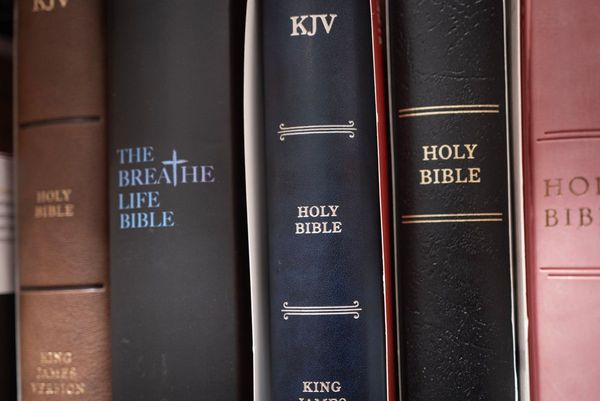
When planning for retirement, the conversation often revolves around savings balances, investment growth, and monthly budgets. But there’s another factor many retirees consider just as valuable—peace of mind. For some, spending $8,000 a year on certain products or services promises security, confidence, and freedom from worry. Whether it’s insurance, financial advice, or lifestyle adjustments, a peace of mind investment can feel worth every penny. The key is knowing whether that $8,000 is a sound choice for your situation—or simply money slipping away without real benefit.
1. Defining a Peace of Mind Investment
The first step in deciding if $8,000 a year is worthwhile is understanding what a peace of mind investment actually means. It isn’t always about growing wealth—it’s about reducing stress and protecting against risks. Examples include long-term care insurance, guaranteed income annuities, or professional advisory services. These investments may not deliver flashy returns, but they create security that’s hard to put a price on. If the emotional payoff outweighs the cost, the investment can be considered sound.
2. Weighing Insurance Products as Peace of Mind
One of the most common peace of mind investment options in retirement is insurance. Long-term care coverage or supplemental health insurance policies can prevent families from being financially devastated by unexpected health events. At around $8,000 a year, these premiums can feel steep, but they may protect hundreds of thousands in assets. Retirees who don’t want to burden children with care expenses often see this as money well spent. The peace of knowing major risks are covered provides value beyond numbers.
3. Considering Professional Financial Advice
For many families, working with a financial advisor falls under the category of a peace of mind investment. Paying $8,000 annually for ongoing support can bring clarity, accountability, and reassurance during uncertain times. Advisors provide personalized strategies, tax planning, and risk management that automated tools often miss. While DIY investors might balk at the cost, those who value guidance often see the benefit. Knowing someone is watching over your plan can ease anxiety in retirement.
4. Looking at Guaranteed Income Options
Annuities and other guaranteed income products can also be a form of peace of mind investment. Spending $8,000 a year to secure a predictable income stream helps retirees feel less vulnerable to market swings. The tradeoff is often limited growth potential, but the stability appeals to many. This approach turns uncertainty into confidence, especially for those without traditional pensions. For some, guaranteed income is the ultimate financial comfort.
5. Balancing Lifestyle Spending with Security
Sometimes, a peace of mind investment isn’t financial at all—it’s lifestyle-related. Retirees may spend $8,000 a year on home security systems, wellness programs, or even travel insurance. These choices may not generate returns, but they create a sense of safety and freedom. If the spending prevents stress and enhances daily life, it can still be considered sound. Peace of mind often comes from knowing you’re prepared for life’s “what ifs.”
6. Calculating the Opportunity Cost
Of course, every peace of mind investment should be weighed against what that $8,000 could do elsewhere. If invested, the same money could grow significantly over time, depending on your horizon. Families need to ask whether the guaranteed comfort now is worth sacrificing potential growth later. For some, the tradeoff makes sense, while others may regret tying up too much in fixed products. Opportunity cost is an essential factor in making the decision sound.
7. Matching Investments to Personal Priorities
Ultimately, whether $8,000 is a sound peace of mind investment depends on your unique priorities. Retirees who value freedom from worry may find the cost small compared to the security it brings. Others who are more growth-focused may prefer to put the money into higher-return opportunities. Advisors often suggest aligning spending with values to make decisions easier. If the investment matches what matters most, it becomes far more justifiable.
Peace of Mind Has Value Beyond Numbers
Deciding if $8,000 a year is a sound peace of mind investment isn’t just about math—it’s about quality of life. Retirement isn’t measured only in dollars saved but in how secure and confident you feel in using them. For some, insurance, financial advice, or guaranteed income are worth the cost. For others, peace of mind comes from flexibility and keeping money invested. The best choice is the one that reduces stress while still supporting long-term goals.
Would you spend $8,000 a year on a peace of mind investment for retirement, or would you rather put it toward growth? Share your thoughts in the comments!
Read More:
7 Retirement Income “Buckets” That Keep Taxes Predictable in Bear and Bull Markets
Should You Delay Social Security Past 67 in a High-Interest Rate World?
The post Is $8,000 a Year a Sound “Peace of Mind” Investment for Retirement appeared first on The Free Financial Advisor.







